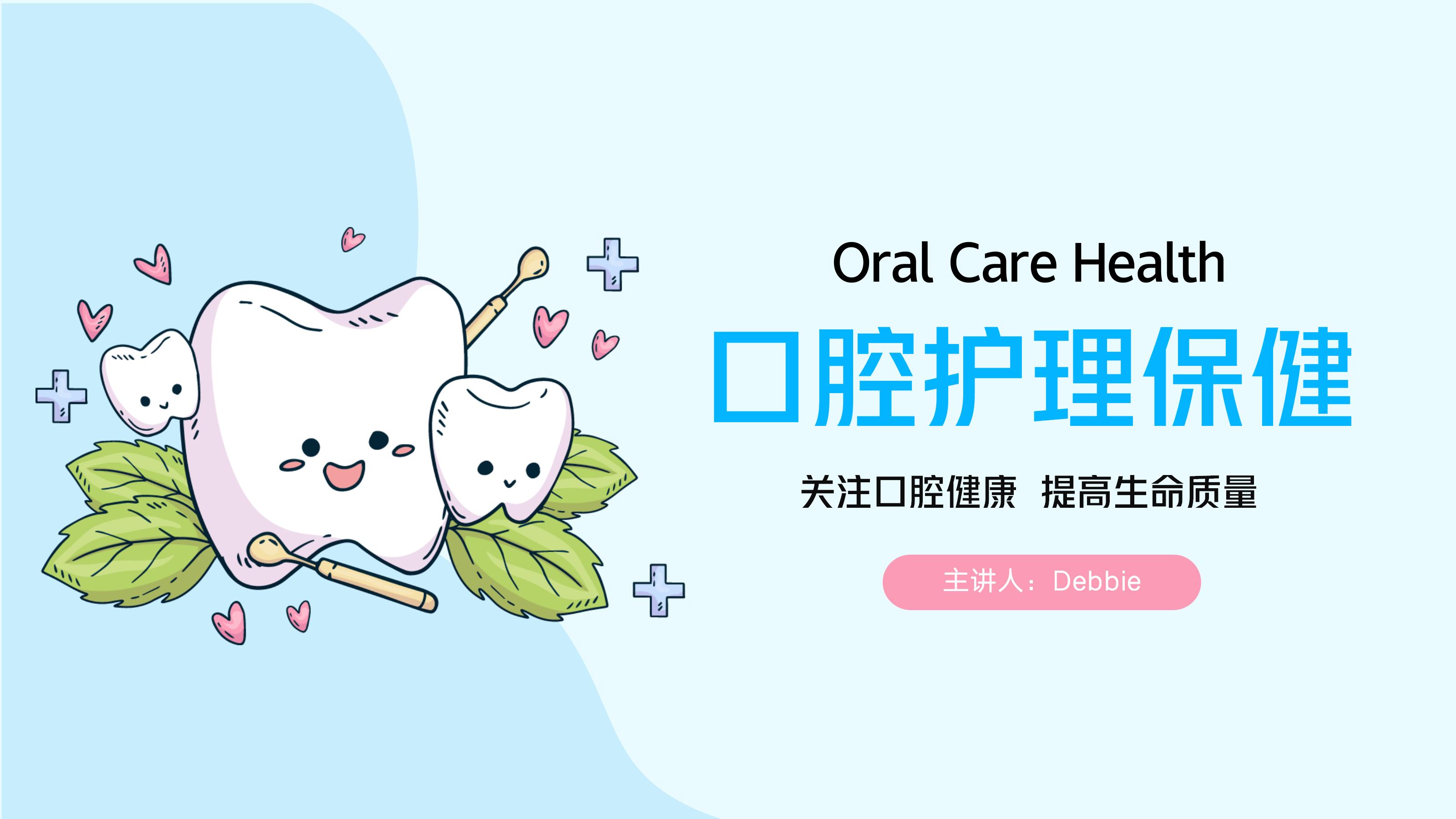Understand the structure of your teeth and develop good habits to take care of them.Caring for your teeth should start with daily habits, developing good practices for using and protecting them. For example, consistently brushing your teeth correctly in the morning and evening, using dental floss to clean between teeth, and having regular dental check-ups can ensure that each tooth stays healthy for a long time. This allows us to fully enjoy delicious food, express ourselves clearly, and lead a confident life.
This course aims to help students better understand the structure of their teeth, realize the changes that occur in different teeth during various growth stages, and develop good habits for taking care of their teeth.
1.Enamel covers the outermost layer of the tooth crown, is milky white in color, glossy, and is the hardest tissue in the human body. Its hardness is greater than that of a copper bullet but slightly softer than a stainless steel spoon.
2.Dentin is the hard tissue that makes up the main body of the tooth, yellowish in color with a glossy appearance, and its hardness is lower than that of enamel.
3.Cementum is the hard tissue that covers the outer layer of the tooth root, with a structure and hardness similar to bone.
4.The dental pulp, commonly known as the tooth nerve, is the soft tissue located in the central cavity of the tooth and contains blood vessels and nerves.
Understand the structure of your teeth and develop good habits to take care of them.
1. Show the 3D model teeth
2. Let kids touch the model and show the whole structure of the model.
3. Ask questions about their daily habit.
4. Discuss how to improve their life habit to protect their teeth.
5. Draw a simple teeth picture and compare with 3D model.
6. Each tooth can be divided into three parts: the part exposed in the oral cavity is called the crown, the part embedded in the alveolar bone is called the root, and the junction between the crown and the root is called the neck of the tooth.Each tooth is also composed of four parts: enamel, dentin, cementum, and dental pulp.
For next time lesson ,Is there too much popular science knowledge? Can it be more interesting?
This course aims to help students better understand the structure of their teeth, realize the changes that occur in different teeth during various growth stages, and develop good habits for taking care of their teeth.

Look at the structure of our teeth. let the kids touch the 3D model of teeth and explain what is oral health.
What is oral health?
Dental hygieneOral health is an important part of overall human health.
The World Health Organization has pointed out that dental health refers to the condition where teeth, periodontal tissues, adjacent parts of the oral cavity, and the maxillofacial region have no structural or functional abnormalities.
The established oral health standards are: clean teeth, no cavities, no pain, normal gum color, and no bleeding.
Therefore, oral health refers to having good oral hygiene, healthy oral function, and being free from oral diseases.
There are 3 ways to protect our teeth in daily life. 1. Correct Chewing-Alternate chewing on both sides or on both sets of teeth 2.Incorrect Method Habitually- Eating on one side for a long time The chewing muscles on the used side become developed, affecting the face shape 3.Consequences-The teeth on the other side will accumulate food debris, leading to tartar formation
Do not be picky with food
Eat more coarse grains
Have a diversified diet
Eat more foods high in fiber
Consume foods of moderate hardness in appropriate amounts
Prevent injuries.
Do not use your teeth to open bottle caps or other hard objects to avoid damaging them. If a tooth is accidentally damaged or broken, protect the injured tooth promptly and go to the dental clinic for treatment.
Look at a short video about teeth protection and hold a discussion about their own teeth story. Invite kids to share with each other .
Having trouble? Let us know by completing the form below. We'll do our best to get your issues resolved quickly.
"*" indicates required fields